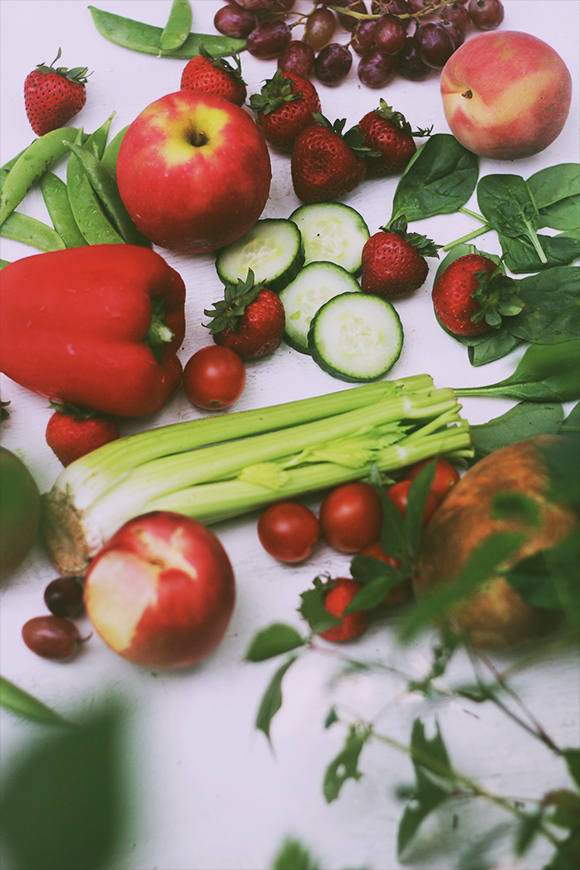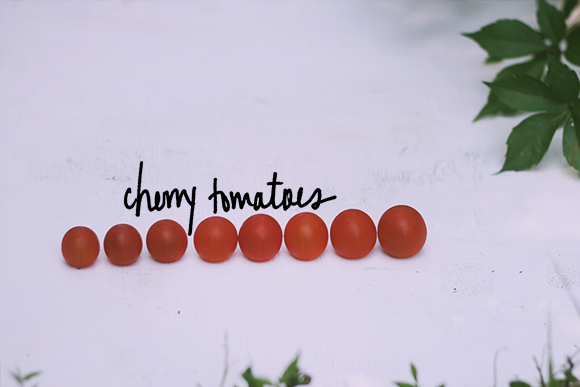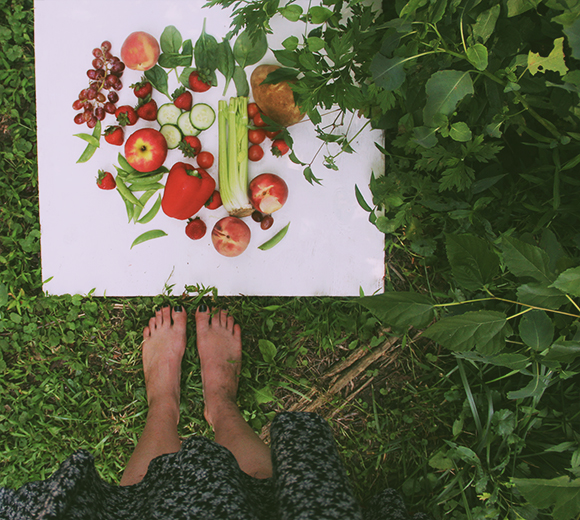Organic vs. Conventional: The Dirty Dozen
Organic vs. Conventional: The Dirty Dozen
I remember when the term “organic” first started becoming a thing – in my world, at least. I would hear it being thrown around here and there, but finding an organic vegetable in my everyday supermarket was basically a joke.
To be honest, I wasn’t buying into the whole idea of organic foods. I was still in high school at that time, and to me, choosing whole wheat bread over white bread was the healthiest it was going to get. Fast forward to a few years later, and here I am spreading the word about all things natural to as many people as I can, whenever I possibly can.
For me, buying organic is just a given these days, but I realize that not everyone shares the same viewpoint as I do, so today I wanted to shed some light on a list known as the Dirty Dozen.
Every year, Environmental Working Group publishes a list of popular conventional (non-organic) foods, rating them from the highest amount of pesticide residues to the lowest. The Dirty Dozen refers to the 12 that have been rated the highest in pesticide residues.
I think we can all agree that eating chemicals is probably not the best for our bodies. Since these 12 are the most pesticide-filled of those tested, I think it’s best to make sure that this group of food is one that is never consumed unless it’s organic. So without further ado, here is EWG’s Dirty Dozen for 2014, in order, beginning with the most pesticides.
So the next time you’re scanning the supermarket for one of these items, make sure you go straight for the organic ones!
For more information, and to see the full list of foods tested, go here.
Follow Brigette on Instagram, and have a look at her blog and Etsy shop!














